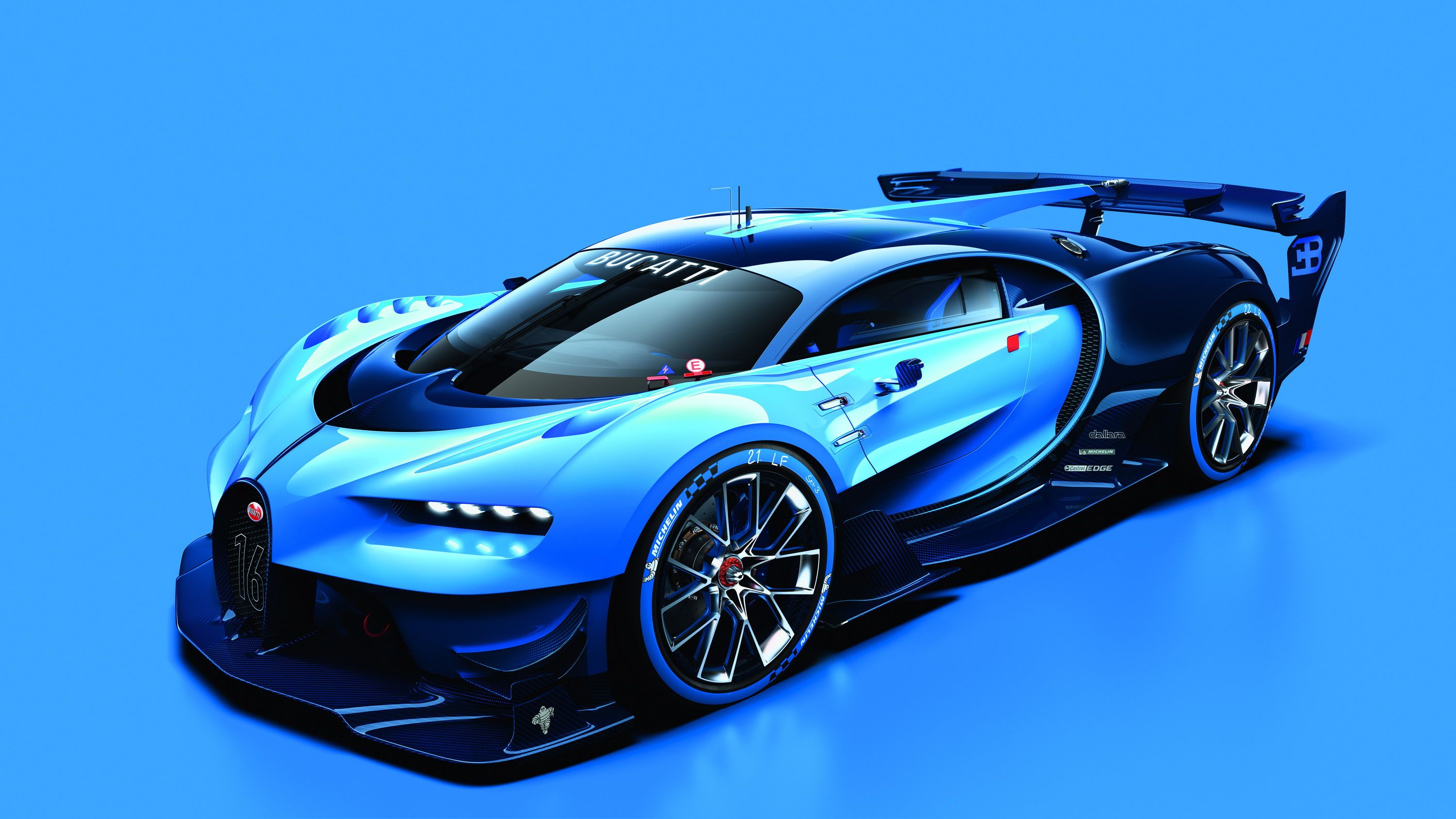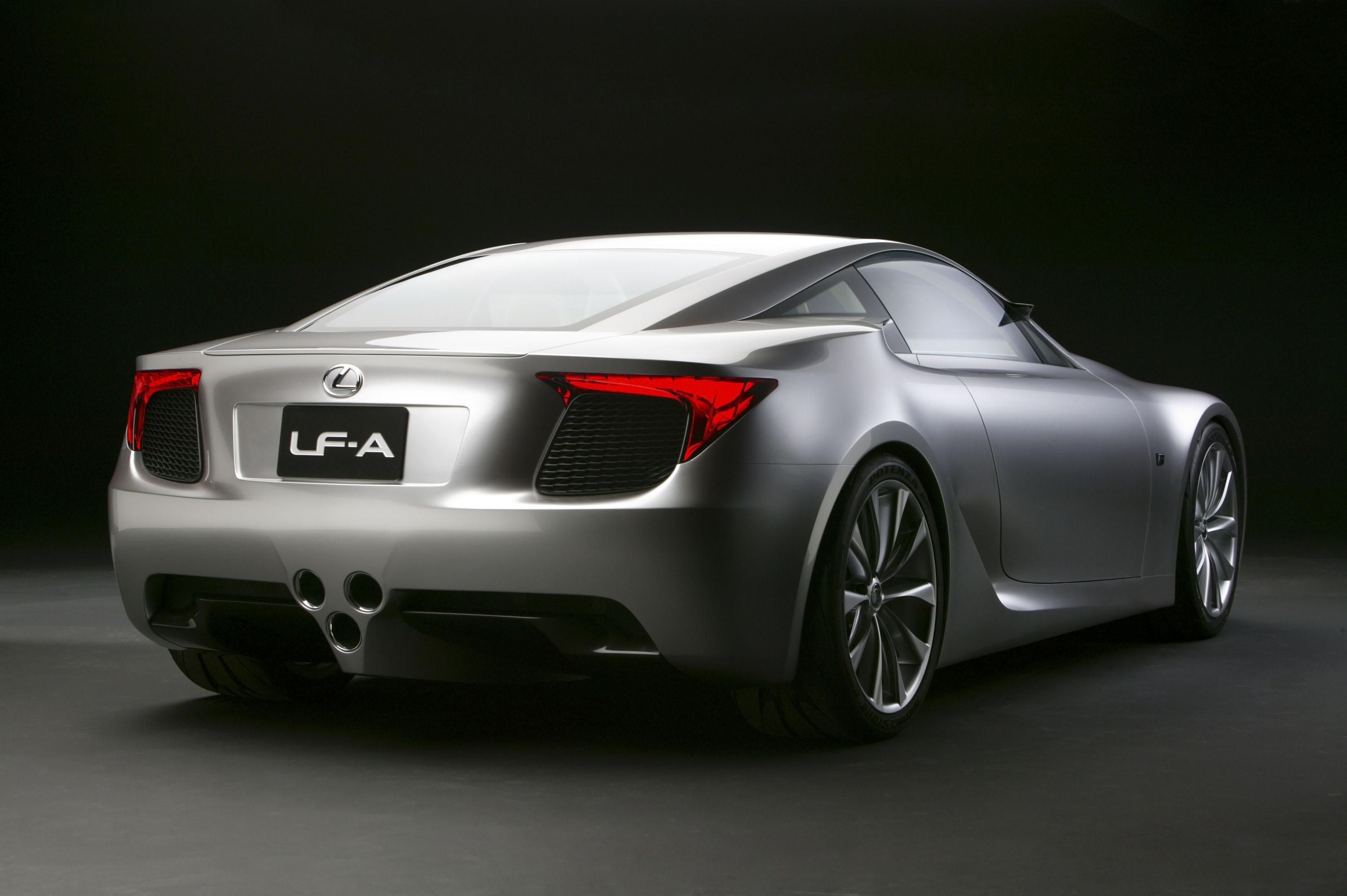Concept cars are how automakers reveal the future direction they are going to take with different models. They seemed pretty outlandish and ambitious in the past decades, but the future has caught up. True, flying cars are still a ways off but what seemed alien in 1995 is far more pragmatic in the 2020s. The current concept cars resemble a lot of the design language of today's cars, which means they are in tune with what the people want. Unfortunately, the majority of concept cars do not make it to production status. It may be funding or a general change direction. The ones that did pull through, though, have become some of the most influential models in the automotive market.
McLaren P1
Dubbed as the successor to the F1, the P1 was teased for months before being revealed at the 2015 Geneva Motor Show. It is a limited-production mid-engined sports car that had a two-year run from 2013 to 2015, though there have been few iterations over the years from Lanzante Motorsport. Composed almost entirely of carbon fiber, the McLaren P1 has a hybrid powertrain featuring a 3.8-liter twin-turbo V-8 and an electric motor. That setup produces an astounding 903 horsepower and an acceleration of 0 to 60 mph within 2.7 seconds. The review from the Grand Tour also classified the P1 as worthy of the hyper-car Trinity slot.
Read our full review on the McLaren P1
Bugatti Chiron
The Chiron was also unveiled at the Geneva Motor Show and carried a lot of styling attributes from the Vision Gran Turismo. } Bugatti referred to the new design language as Form Follows performance, which means every design element had a specific goal. The Chiron has an 8.0-liter quad-turbo W-16 engine which is rated at 1500 horsepower at 2000 RPM.
It was, at one time, the fastest production vehicle in the world, achieving a top speed of 273 mph. Even though others have overtaken it in the battle for supremacy, the performance numbers are astronomical.
Read our full review on the Bugatti Chiron
Lexus LFA
The LFA is one of the highest-rated performance cars today, but it took at least ten years to mature from concept to production.} It began as a two-door concept from Toyota under the Lexus brand. The goal was to use a 5.0-liter or smaller engine and generate 500 horsepower to achieve a minimum top speed of 200 mph. The final road car was ultimately revealed at the Tokyo motor show and priced at £340,000. Its cost was due to the lengthy period of development as well as the carbon fiber construction. The powertrain was a naturally aspirated 4.8-liter V-10 engine that produced 552 horsepower. The power coupled with the cost resulted in lackluster enthusiasm from the market, but the design is something to shout about.
Lexus incorporated a transaxle layout with the gearbox mounted to the rear to achieve a perfect weight distribution. Toyota also made a bespoke chassis for the LFA to ensure there were no loopholes and fitted piston Brembo-monoblock calipers to stop power. Its cabin was crafted in a manner as well to integrate the infotainment and HVAC tools to create a sweeping center control. The automaker did not spare any expense with the materials also to compensate for the overall price tag.
Read our full review on the Lexus LFA
Ford GT40
Born from the racing grudge match between Ford and Ferrari, the GT40 was one of the more beloved options the market had to provide. Following four consecutive Le Mans wins, the GT40 was retired for the next 33 years until Ford revealed the revamped concept at the 2002 North American International Auto Show. The model cast a familiar silhouette to the 60s era cars. Unlike the 1960s version, which had a 4.0-liter V-8, this one featured a 5.4-liter displacement. Unfortunately, the GT was discontinued in 2006. One of the main issues was Ford could not get the appropriate parts for the GT and fulfill the orders}. Fuel consumption and the price points were also complaints. However, all hope was not lost. In 2016, Ford timed the second revamp with the 50th anniversary of the one, two, three finish at the 1966 24 hours of Le Mans.
This one would feature a 3.5 liter, twin-turbocharged, EcoBoost V-6 that produced above 600 horsepower. The styling was also sharper and in tune with the period. Though the GT s remains one of the priciest production models, it has generated significant interest from customers.
Read our full review on the Ford GT40
Nissan GT-R
The GT-R originated from the Skyline series that became extremely popular during the 80s and 90s. It was in 1989 that the R32, which was the precursor to the GT-R, was introduced. It had AWD and the famous RB26DETT inline-six engine. During the 90s, the R33 and R34 set the stage for Skyline superiority. In 2001, Nissan revealed the concept at the Tokyo Motor Show, which was a close resemblance to the current model. The concept then got a refresh in 2005, three years after the production of the R34 ended and in 2007 at the Tokyo Motor Show, Nissan illustrated the production version of the concept referred to as the GT-R.
The skyline name was dropped, and the GT-R became the new flagship model in the American, European, and Japanese markets. It also featured a twin-turbo V-6 engine that produced 473 horsepower and a dual-clutch automatic transmission.
Read our full review on the Nissan GT-R
Porsche 918 Spyder
The product version of the 918 Spyder was presented at the 2013 Frankfurt Motor show. It would be produced in a limited series and developed in Weissac. The unveiling did take the market by surprise as the Carrera GT had been out of production from 2007. This was an all-new model that had the familiarity of the automaker without looking like a 911. Though it was a hypercar as well, no one expected it to be such an efficient hybrid. The 918 accelerated to 62 miles an hour over 6 seconds, but when the 4.6-liter V-8 was included, it reduced to 2.6 seconds.
This Porsche formed the other puzzle piece of the hypercar trio, incorporating all of the expected amenities while still providing blistering performance on the track. Unfortunately, the 918 Spyder was sold out in December 2014, and production ended the following year.
Read our full review on the Porsche 918 Spyder
Land Rover DC100 prelude to the Defender
For several years, rumors abounded that Land Rover was planning to bring a modern-day version of the Defender. The Defender concept was first revealed to the public at the Frankfurt Motor Show in 2011. Several advanced off-roading attributes were included for the concept, such as a Terrain Response System and an I-Terrain system, which may create an intelligent map of the topography in front of the SUV. The production version of the new model included 2.0-liter and 3.0-liter mild-hybrid engines, which produced 300 and 400 horsepower, respectively.
The new model also retained the familiar silhouette that incorporated short front and rear overhangs for a recognizable look.
Read our full reviews on the Land Rover DC100 prelude to the Defender




